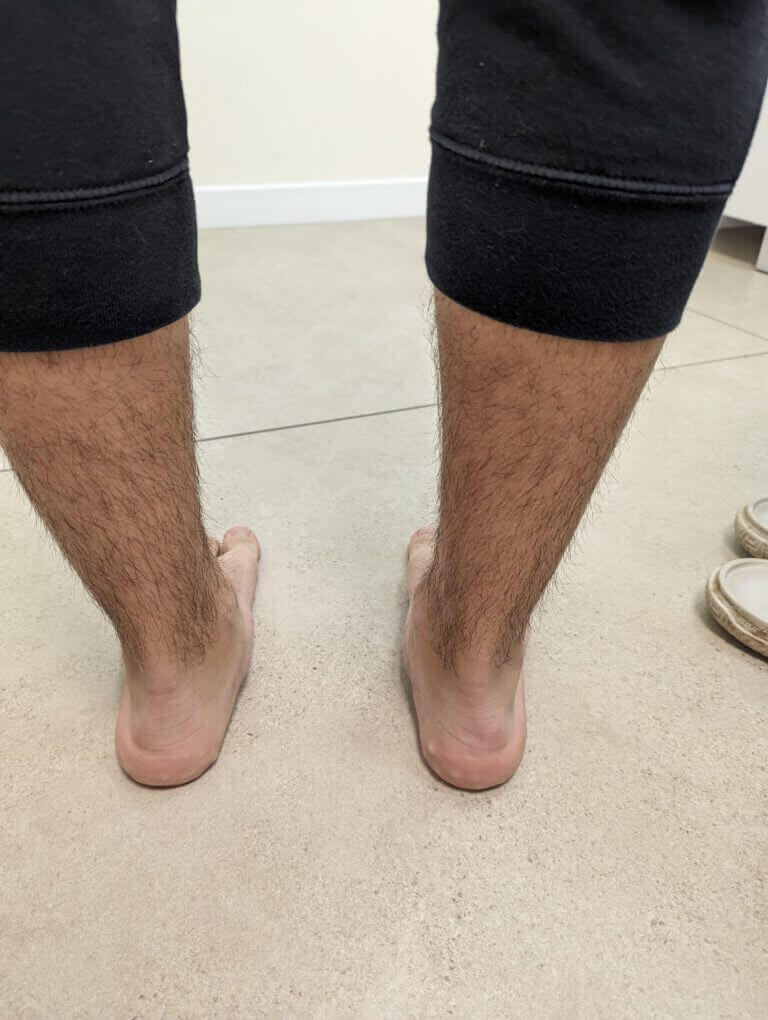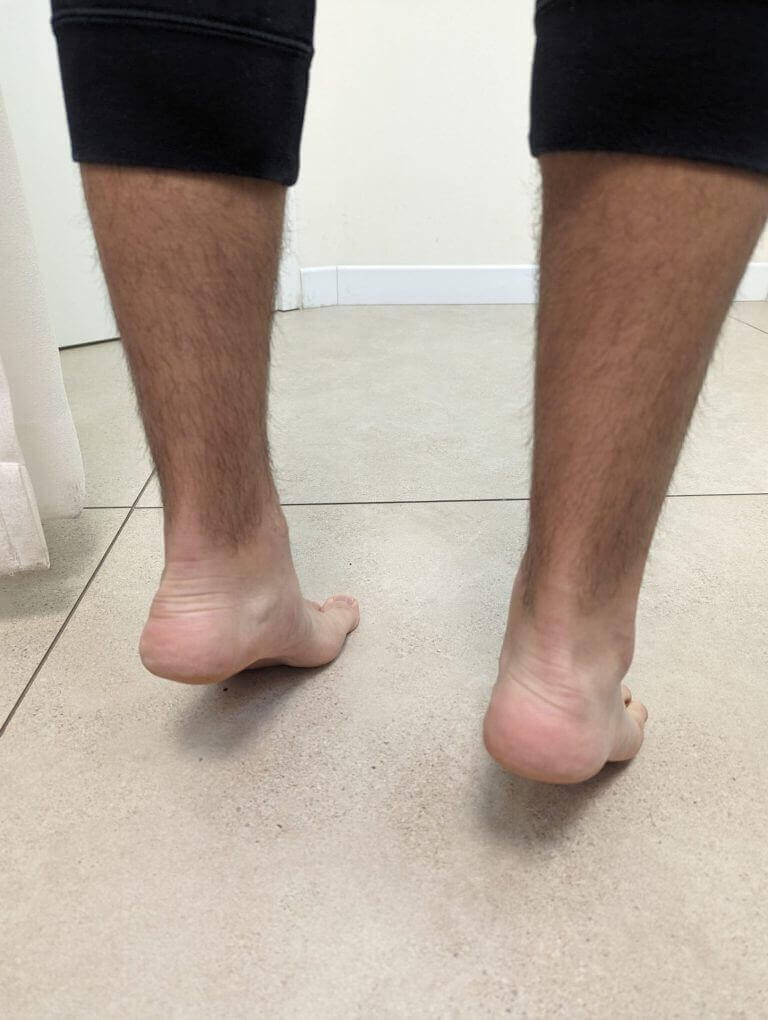
Everything you need to know about flat feet (platfus) in children
Flat feet (Platfus)
Flat feet (also called platfus or flatfoot) is a very common orthopedic condition in children (and adults), which parents may lose sleep over.
Is it dangerous?
Is it an isolated finding, or should we be looking for additional orthopedic conditions when it is detected?
And what happens when it comes to military service?
What are flat feet (platfus or flatfoot)?
Flat feet are a type of variation in the shape of the foot that causes the arches to appear flat.
Flexible flat feet? What does that mean?
Flexible flat feet refer to the flattening of the arches on the inside of the feet when a child stands and pressure is applied.
However, when the child sits down or stands on their tiptoes, the arch reappears. This condition typically affects both feet.
Take note of the two images attached. In the first one, when standing and bearing weight, flattening of the inner arch of the feet is visible
(and our more advanced readers may notice the outward deviation of the heel bone).
In the second photo, when the same child stands on the tips of their toes, the inner arch becomes visible and the heel realigns.
There are other types of flat feet in children, and these can often be pathological, requiring monitoring and sometimes treatment.
These include flat feet with tension in the Achilles tendon, tension in the outer tendons of the ankle (peroneal tendons),
or rigid flatfeet, which are a more serious condition.

How common are flat feet in children?
The prevalence of flat feet can be as high as 23%, depending on how the condition is defined, and it is seen mainly in babies and young children.
Older children between the ages of 5 and 10 will usually show improvement, as you’ll see below.
Is there a familial tendency to flat feet?
Yes. This is a medical condition that can be inherited.
Here’s an anecdote for you – flat feet (platfus) are less common in places where people often walk barefoot.
Do the feet function normally in babies and children with flat feet?
Flexible flat feet are considered a normal variation of typical feet.
The muscles and joints function in a completely normal way.
Most children are born with a very small arch in their feet. As they grow and start walking, the tendons and muscles of the feet and ankles strengthen and gradually form an arch.
Children usually begin developing an arch at the age of 5 or older. Some children may never develop one.
If flat feet persist into adolescence, the child may begin to experience foot pain. In such cases, an orthopedist should be consulted.
So, should a baby or child with flexible flat feet be examined by a physician?
To make a diagnosis, it’s important to see an orthopedist—mainly to rule out other types of flat feet (as mentioned earlier) that may require treatment.
During the exam, a pediatric orthopedist will ask your child to sit, stand, lift their toes while standing, and stand on tiptoes.
They will also examine the Achilles tendon for tightness and inspect the feet for other conditions (such as warts).
The child’s everyday shoes will be reviewed for wear patterns, so it’s important to bring shoes that have been worn for an extended period.
What is the treatment for flat feet?
The most common type—flexible flat feet—only requires treatment if it causes discomfort.
Among the available therapies:
Stretching exercises:
If your child experiences foot, ankle, or leg pain after activity, your physician may recommend stretching exercises for the heel.
How can the Achilles tendon be stretched?
Lean forward against a wall with one leg in front and one in back.
Straighten the back leg and press the heel into the floor, while bending the front knee.
Hold this position for 15–30 seconds. Keep both heels pressed to the ground and point the toes of the back foot toward the heel of the front foot.
What about the use of orthotics in flat feet?
If discomfort continues, custom orthotics—made to fit your child’s feet—can help relieve pain and preserve the shoe’s shape, which may otherwise wear unevenly.
Are there other treatment options available?
In the pathological types mentioned earlier, treatment may involve physiotherapy or casting.
What about surgical treatment of flat feet?
In some adolescents with ongoing pain due to flat feet, surgical treatment may be necessary.
In rare cases, flexible flat feet can develop into rigid flat feet instead of improving over time.
These situations require further clinical assessment.
What about physical exercise in children with flat feet?
There is no reason to avoid physical activity. On the contrary, physical exercise should be encouraged.
What about military service?
As mentioned above, most cases of flat feet resolve over time and are no longer relevant by the time military service begins.
In persistent cases, the military may reduce the individual’s medical profile score, depending on the severity, but this rarely affects eligibility for service in any significant way.
In summary, we’ve learned a new and more accurate term: instead of simply “flat feet,” we now refer to this common condition as flexible flat feet—a normal variation that usually resolves on its own and causes no serious issues.
And if it doesn’t—and you’re concerned—we’re always here to help.
For comments and questions, please register
